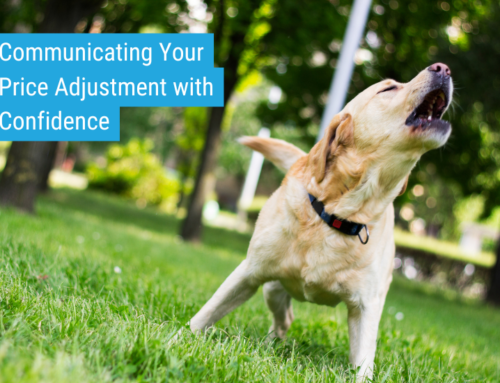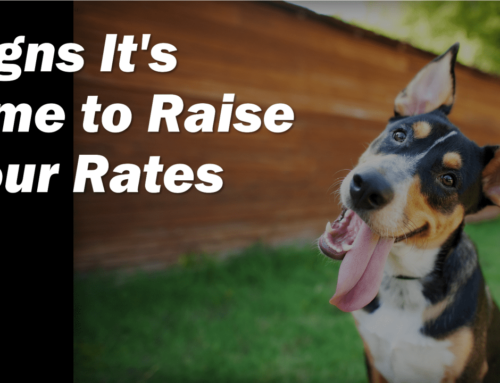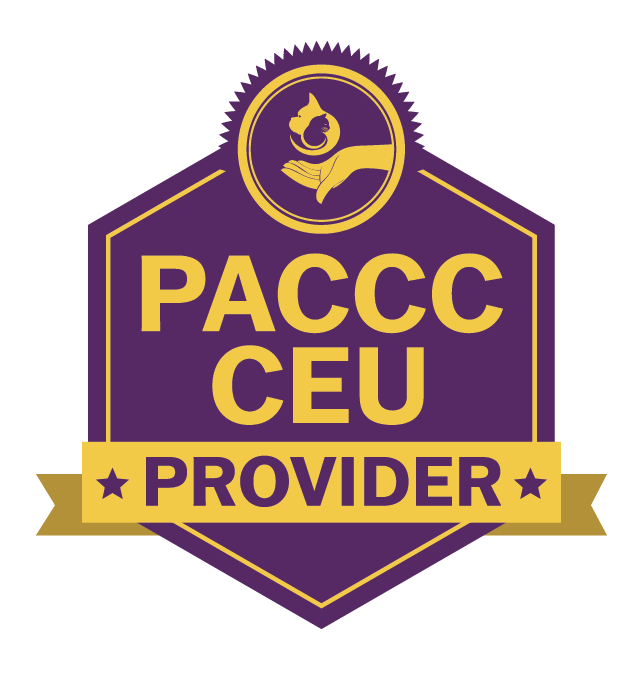Supervision of Dogs At Excellent Daycares
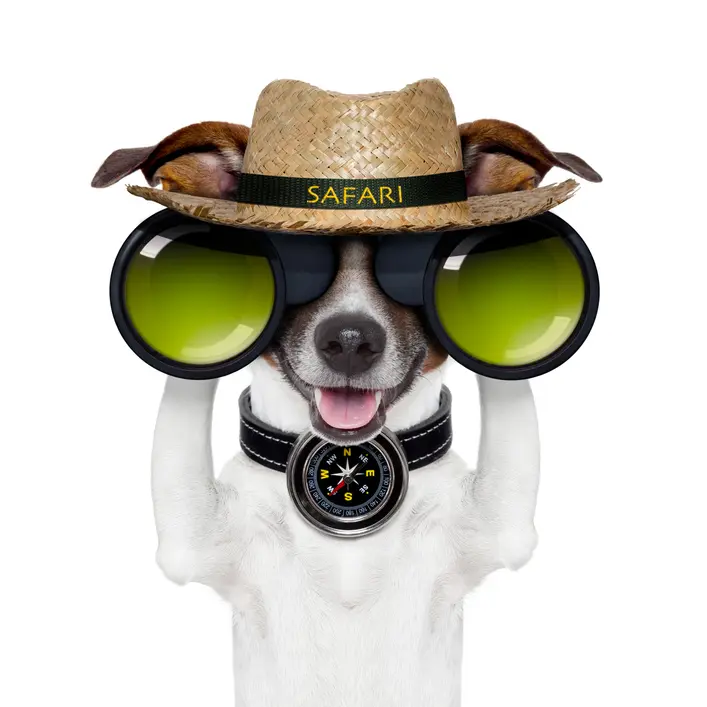
One of the most important questions a family should ask before dropping their dog off to a facility for daycare or off-leash play is “Who is watching the dogs?” But do you know the correct answer to that question? Keep reading to learn what supervision of dogs means in an excellent dog daycare facility.
Supervision of dogs does not mean merely watching the dogs through a camera, window or video monitor. In a good daycare, dogs playing off-leash will be supervised by a staff member who is physically in the room with the dogs. However, supervision of dogs also does not mean just the physical presence of a human being in the rooms where the dogs are playing.
In an excellent daycare, supervision will mean physical presence in the room by a fully trained staff member who understand canine body language and who is skilled in using leadership skills to manage the dogs.
What does that mean?
First of all, it means that staff members are with the dogs 100% of the time when dogs are playing off-leash together. The staff is physically present in the same room as the dogs.
Second, it means the facility should have a formal staff-training program. Ask how the staff is trained and what continuing education they have in place. Ask about their knowledge and skills in the areas of
- Canine body language (can they read dogs?)
- Recognizing stress signals (do they know lip licking, yawning, shaking off and a closed mouth can be stress signals?)
- Appropriate versus inappropriate dog behaviors during off-leash play (do they interrupt when dogs are pinning, rolling, or bullying other dogs?)
Third it means the staff is trained and skilled in using benevolent leadership techniques that do not require the use of physical or harsh handling of the dogs. This includes the following standards of excellence:
- Positive methods of managing dogs which preclude the use of prong collars, choke collars, electronic shock collars, muzzles, and physical manipulation to handle dogs in off-leash play.
- Praising dogs for appropriate behavior and using non-physical corrections to stop inappropriate behavior. (Non-physical intervention includes body blocking, obedience cues, leash walking, rest periods, staff interaction with, and interruption of the dogs)
- Proactive use of tools that help alleviate stress in dogs such as aromatherapy, calming essences, body wraps, sound therapy, or visual barriers
How do you find these excellent daycares? Ask for information about how the staff is trained. Look for framed certificates hanging in the lobby and a commitment to continuing education by membership in pet care industry associations or communities.
And, of course, look for daycares that are members of The Dog Gurus community. This shows a commitment to learning and education in the most current, up-to-date industry standards and access to the latest resources for off-leash play. Also look for facilities using Knowing Dogs Staff Training program.

